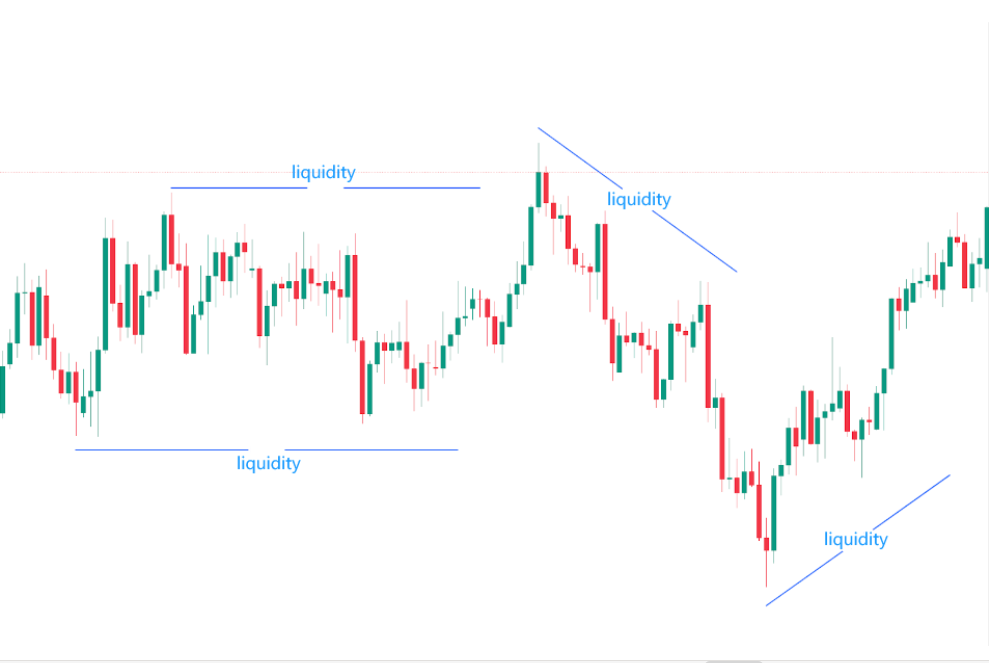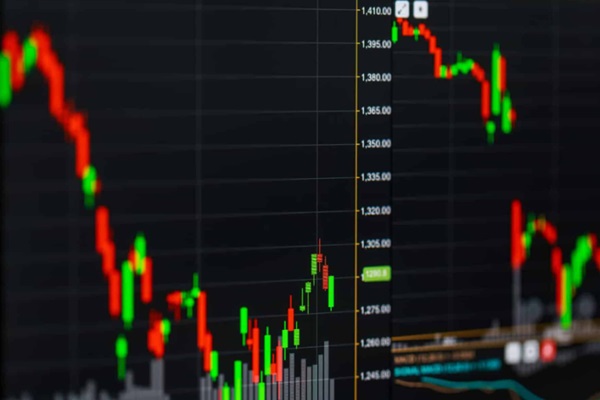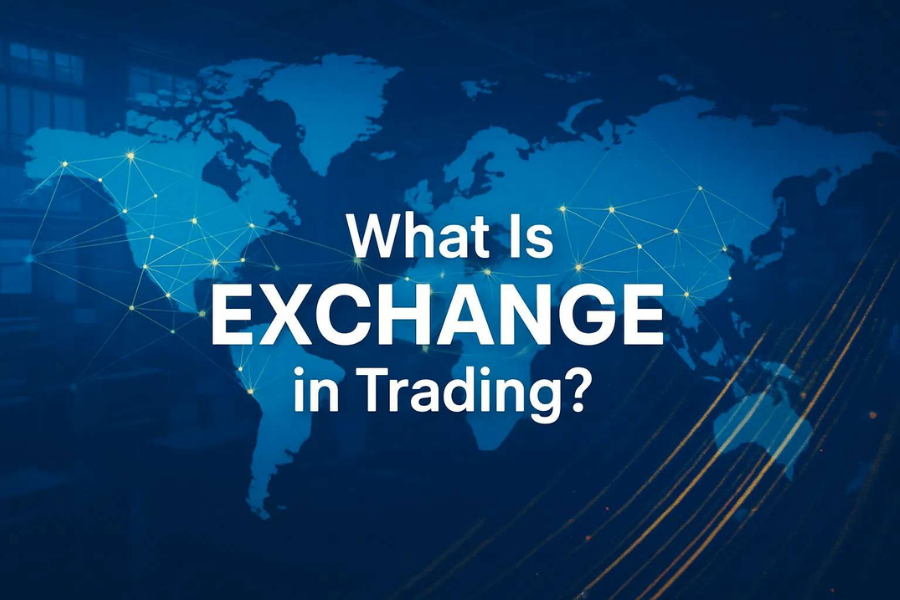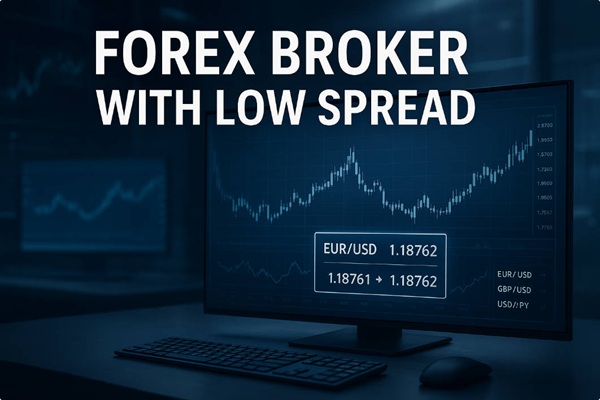Forex liquidity might sound like a complicated topic, but once you break it down, it's one of those key factors that can make or break your trading strategy. Essentially, it's about how easy it is to buy or sell a currency pair without causing the price to shift too much. In the fast-moving world of forex, liquidity is the lifeblood of smooth trade execution.
Understanding forex liquidity will help you spot the best times to trade and avoid situations where you might be left waiting for your order to fill at a poor price.
Why Forex Liquidity is Important
At its core, forex liquidity refers to the ability to buy or sell a currency pair quickly and efficiently, without causing a significant price change. The more liquid a market, the easier it is to trade, and the less slippage (the difference between the expected price and the price you get) you're likely to experience. Liquidity is especially important for traders because it impacts everything from order execution times to the costs of trading.

In the forex market, liquidity tends to be high, and that's one of the reasons it's so attractive to traders. The global forex market has daily trading volumes exceeding $6 trillion, and it operates 24 hours a day, five days a week. This means, in most cases, you can buy or sell major currency pairs whenever you like, and at tight spreads. But, despite this overall high liquidity, it can fluctuate. The trick is knowing when and why it changes, so you can adjust your strategy accordingly.
Another reason forex liquidity is vital is its impact on spreads, which are the differences between the bid and ask prices of currency pairs. Highly liquid markets often feature tighter spreads, making it more cost-effective for traders to enter and exit positions. This is especially beneficial for day traders or scalpers who rely on frequent transactions to generate profits. Conversely, lower liquidity can result in wider spreads and increased trading costs, which might erode profits and make certain trades less appealing.
Forex liquidity also plays a key role in market stability. In a liquid forex market, the likelihood of sudden, extreme price swings caused by large orders is significantly reduced. This creates a more predictable and less volatile trading environment, enabling traders to make informed decisions. For institutional investors and retail traders alike, the assurance of liquidity helps to manage risk effectively and maintain confidence in the market. Without sufficient liquidity, the forex market would become less efficient and more prone to dramatic fluctuations, ultimately affecting its appeal and reliability.
Factors Influencing Liquidity in Forex Markets
Forex liquidity is not a fixed constant. It varies throughout the day and across different currency pairs, with several factors influencing how easily you can execute trades.
Trading Hours and Market Activity
The forex market doesn't close, but liquidity isn't the same at all times. It tends to peak when the major trading sessions overlap—particularly when the London and New York markets are both open. During these hours, there's a huge amount of trading activity, which tightens spreads and makes it easier to execute trades at your desired price.
During quieter periods, such as the late hours of the Asian session, liquidity drops. Fewer participants mean that it might take longer to get your order filled, and you could end up with slippage if you're not careful. So, understanding when the most liquid periods occur can help you plan your trades and avoid frustration. If you're trading during the quieter hours, it might be worth sticking to fewer trades or adjusting your targets to accommodate the wider spreads.
Economic Events and Geopolitical Factors
Economic announcements and geopolitical events can significantly impact forex liquidity. For example, when central banks release interest rate decisions or important economic reports (like non-farm payrolls in the US), liquidity can momentarily dry up as traders react to the news. During such times, liquidity might temporarily decrease as traders adjust their positions, which can result in volatile price movements and wider spreads.
Geopolitical events—like elections, political instability, or international conflicts—can have similar effects. Traders might pull back, and markets can become volatile, making it harder to execute trades at expected prices. Being aware of scheduled economic events can help you either avoid trading during these times or position yourself to capitalise on the market moves that often follow such events.
Major Currency Pairs and Forex Liquidity
The liquidity of a currency pair is also influenced by how frequently it's traded. Major pairs, like EUR/USD, GBP/USD, and USD/JPY, tend to be the most liquid. These pairs have the highest trading volumes, meaning they're more likely to have tighter spreads and quicker order execution. For traders, this is a good thing, as it lowers transaction costs and reduces the chances of slippage.
On the flip side, trading less commonly traded currency pairs, known as minor or exotic pairs, can expose you to lower liquidity. These pairs might have larger spreads and can be more difficult to trade in and out of quickly, especially in quieter periods. Exotic pairs often come with higher risks, so it's worth considering the liquidity situation before diving in.
How Does Forex Liquidity Affects Trading
Now that we know what forex liquidity is and how it's influenced by various factors, let's talk about how it can affect your trading strategies. Liquidity impacts order execution, trading costs, and even how you approach your trades, so it's important to know how to work with it.
Impact on Order Execution and Slippage
When liquidity is high, orders tend to be filled quickly, and there's less risk of slippage. Slippage happens when the price at which your trade is executed differs from the price you saw when placing the order. In highly liquid markets, like during the London/New York overlap, there are plenty of buyers and sellers at each price level, so you're more likely to get filled at the price you want.
For instance, if you're trading the EUR/USD during the London/New York overlap, when forex liquidity is at its peak. You place a buy order at 1.2000. and due to the high liquidity in the market, your order is filled immediately, and you get the price you expected. However, if you were trading the same pair during off-peak hours, such as during the Asian session when liquidity is lower, you might find that the price has moved by the time your order is executed, and you end up buying at 1.2003. This price difference, even though small, is an example of slippage, and it could cost you more, especially if you're trading with tight stop-loss orders.
However, during times of low liquidity, slippage is more common. If you're trading in off-peak hours or with exotic pairs, you might find that your order is executed at a worse price than expected. This can eat into your profits or increase your losses, especially if you're working with tight stop-loss orders. To avoid this, it's important to be mindful of when liquidity is lower and adjust your trading strategy to suit those conditions.
Liquidity and Trading Costs
Forex liquidity directly affects the spread, which is the difference between the buying price (bid) and the selling price (ask). In periods of high liquidity, the spread tends to be narrower, meaning you can enter and exit trades with minimal cost. But when liquidity drops, spreads tend to widen, which means you'll pay more to enter a trade. This is particularly noticeable during less active hours or when trading Exotic Currency Pairs.
If you're a day trader or scalper, these wider spreads can eat into your profits. As a result, it's often more cost-effective to trade during the hours of highest liquidity, when spreads are tighter and execution is faster.
Strategies for Low and High Liquidity Environments
In high liquidity environments, short-term strategies like scalping and day trading can be more effective because of the tighter spreads and quicker trade execution. These strategies depend on making small, frequent profits, so liquidity is a key factor in keeping your trading costs low and ensuring that your orders are filled quickly.
However, during low liquidity periods, it might be best to adopt longer-term strategies, such as swing trading or position trading. These strategies allow you to ride out the potential price swings that can occur in a low-liquidity environment. You'll also need to use wider stop-loss levels to account for the increased volatility.
In conclusion, forex liquidity plays a crucial role in how smoothly your trades are executed and how much they cost. By understanding the factors that influence liquidity—such as trading hours, economic events, and the currency pairs you're trading—you can make more informed decisions and adapt your strategies accordingly. Whether you're trading in high or low liquidity conditions, being aware of these factors will help you reduce risk and make more effective trades.
Disclaimer: This material is for general information purposes only and is not intended as (and should not be considered to be) financial, investment or other advice on which reliance should be placed. No opinion given in the material constitutes a recommendation by EBC or the author that any particular investment, security, transaction or investment strategy is suitable for any specific person.



























